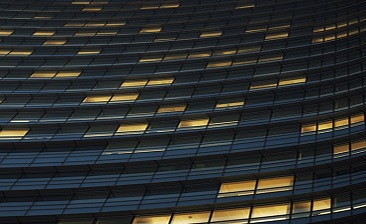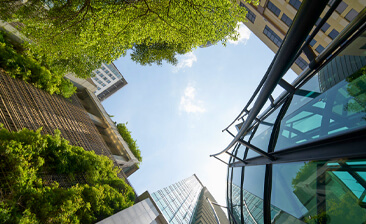On the hills to the north of Settebagni, in the Marcigliana Nature Reserve, a Rustic Villa has been found and studied. It can be dated back to the 3rd century BC and had remained in use until the 5th to 6th centuries AD, its complex layering providing us with valuable evidence of the various phases in the life of the building over the centuries. The structure was found during the preventative archeology activities performed by the Special Superintendency of Rome to prepare for the construction works for the new North Rome-San Basilio electricity line to be completed by Areti, a company of the Acea Group that manages the gestione e distribuzione della rete elettrica a Roma.
“This important discovery shows how the work of the Superintendency is always carried out in synergy with the parties involved, with no delays, and in fact with a high level of efficiency and respect for the residents’ requirements – explains Daniela Porro, Special Superintendent of Rome – A dig that testifies to and confirms the richness of the territory surrounding the capital, and which drives us to investigate and analyze more in depth the past of our city, including its suburbs. Another precious piece in the puzzle of that large, surprising fresco that is the underground of Rome”.
“This archaeological finding - stressed the President of Acea Michaela Castelli - is an example of the peculiarity and uniqueness of a city like Rome. Acea is well aware of this and feels the weight of the responsibility for operating in a territory with a splendid archaeological heritage. This is why it works closely with the local cultural institutions, and especially the Special Superintendent of Rome for Archeology, the Fine Arts and Landscape, in a perspective that aims to respect the places and the testimonies of history”.
Areti is pushing forward with the works for the new AT 150 kV electricity line. Works began in May 2018 and are scheduled to end in January 2020. The plan is to replace the current line, which is 16 km long, with a new aerial line spanning a total length of 8 km. Areti is working in full compliance with the environmental guidelines in force and with respect for both the migrant and permanent animal species present in the area.
The archaeological materials and findings are still being studied, but early research performed on the dig has confirmed it to be an important discovery in a suburban area, due to the information that this context offers about the life around the city. Indeed, about eight hundred years passed between the first settlement in the 3rd century BC and the complete abandonment of the building in the 6th century AD: the various phases of the Villa, with modifications, extensions, renovations, correspond to the growth of the Roman power, and, with the end of the Empire’s phase of expansion, subsequently to its decline.
The Villa was recovered, repaired using various types of protective measures to preserve it from weathering, and in future it will be possible to devise a potential development plan.
Discover the latest news and initiatives of the Acea Group

Acea for World Energy Saving Day

Visit the virtual museum about the history of the Acea Group

The channel for the commercial requests on land urbanisation

Acea turns the spotlight on the Rome Film Festival 2023

Acea is in the "Gold class" in the .trust research

Read more about our culture of inclusiveness